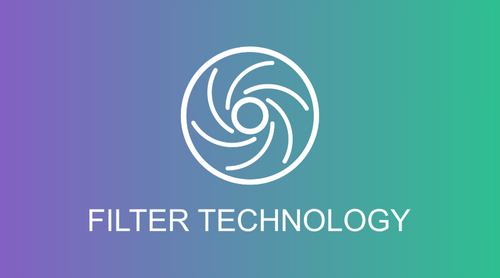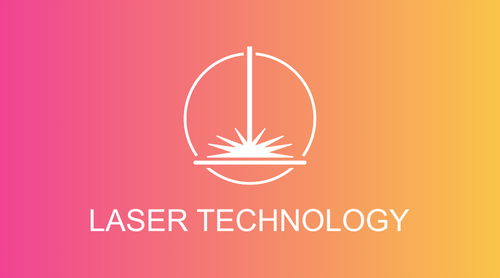How does the laser cleaning process work?
The laser cleaning process is a fascinating procedure based on the principles of high-energy light radiation to remove various types of contaminants from surfaces.
At the beginning, the laser beam is aimed specifically at the surface to be cleaned. The laser energy pulse generated by the highly concentrated beam then hits the contamination. The intensity of the laser beam is so high that the contamination is heated extremely quickly, almost instantaneously.
This causes the pollution to either vaporize or explode. In both cases the contamination is detached from the surface and blown away. This process is often referred to as ablation. As the contamination is removed, the clean surface underneath is revealed.
One of the impressive features of the laser cleaning process is its ability to selectively remove contaminants without damaging the underlying surface. This is possible because the laser beam can be precisely controlled, both in terms of its position and its intensity.
Overall, the laser cleaning process allows surfaces to be cleaned quickly, efficiently and precisely without the need for chemical cleaning agents or abrasive materials. By specifically adjusting the laser parameters, the cleaning process can be adapted precisely to the specific requirements of the material and the contamination, which leads to excellent cleaning results.
How does the laser cleaning process work?
The laser cleaning process is a fascinating procedure based on the principles of high-energy light radiation to remove various types of contaminants from surfaces.
At the beginning, the laser beam is aimed specifically at the surface to be cleaned. The laser energy pulse generated by the highly concentrated beam then hits the contamination. The intensity of the laser beam is so high that the contamination is heated extremely quickly, almost instantaneously.
This causes the pollution to either vaporize or explode. In both cases the contamination is detached from the surface and blown away. This process is often referred to as ablation. As the contamination is removed, the clean surface underneath is revealed.
One of the impressive features of the laser cleaning process is its ability to selectively remove contaminants without damaging the underlying surface. This is possible because the laser beam can be precisely controlled, both in terms of its position and its intensity.
Overall, the laser cleaning process allows surfaces to be cleaned quickly, efficiently and precisely without the need for chemical cleaning agents or abrasive materials. By specifically adjusting the laser parameters, the cleaning process can be adapted precisely to the specific requirements of the material and the contamination, which leads to excellent cleaning results.


